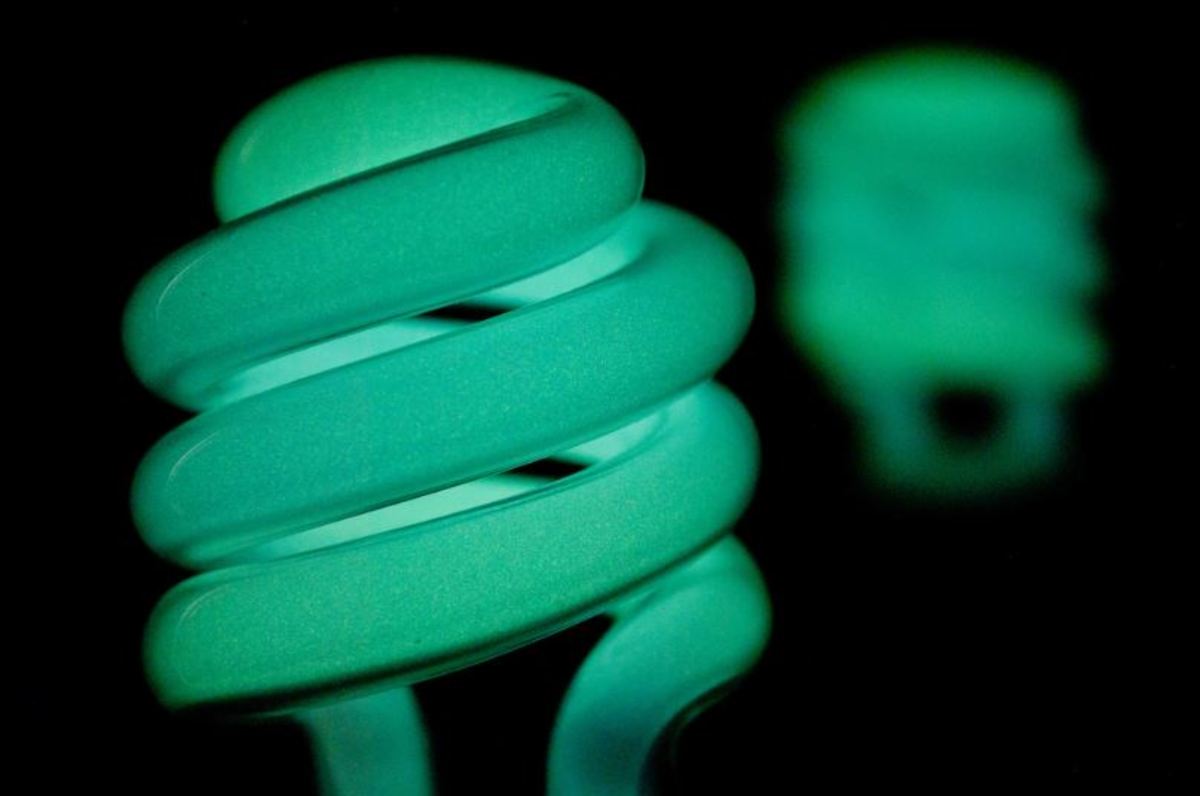

Articles
What Type Of Radiation Does A Light Bulb Emit
Modified: October 18, 2024
Discover the different types of radiation emitted by light bulbs in this informative article. Gain insights into the potential health risks and find out how to protect yourself.
(Many of the links in this article redirect to a specific reviewed product. Your purchase of these products through affiliate links helps to generate commission for Storables.com, at no extra cost. Learn more)
Introduction
Light bulbs are a common source of light in our everyday lives. We rely on them for illuminating our homes, offices, and various other spaces. But have you ever wondered what type of radiation a light bulb emits?
Light, as we perceive it, is just one part of the electromagnetic spectrum. This spectrum consists of various types of radiation, each with its own unique properties. Understanding the different types of radiation emitted by light bulbs is not only interesting but also important for our overall well-being.
In this article, we will explore the types of radiation emitted by light bulbs, including visible light, infrared radiation, and ultraviolet radiation. We will delve into the effects of each type and how they can impact our daily lives. Let’s shed some light on the fascinating world of light bulb radiation!
Key Takeaways:
- Light bulbs emit visible light, infrared radiation, and in some cases, ultraviolet radiation. Understanding their effects helps us make informed lighting choices for our well-being and safety.
- The electromagnetic spectrum encompasses various types of radiation, each with unique properties and applications. Exploring this spectrum deepens our appreciation for the science behind light bulb radiation.
Read more: What Is Type A Light Bulb
Visible Light
Visible light is the part of the electromagnetic spectrum that our eyes can detect and perceive. It ranges in wavelength from approximately 400 to 700 nanometers, appearing as different colors to us. When we turn on a light bulb, it emits visible light that allows us to see and navigate our surroundings.
Light bulbs produce visible light through a process called incandescence. Traditional incandescent bulbs contain a filament that heats up when an electric current passes through it. As the filament heats up, it emits light in the visible spectrum. However, these bulbs are becoming less common due to their inefficiency and shorter lifespan.
On the other hand, modern LED (Light Emitting Diode) bulbs have become more popular due to their energy efficiency and longer lifespan. LED bulbs produce visible light through a process called electroluminescence, where electricity flows through a semiconductor material, causing it to emit light. LED bulbs are available in different color temperatures, ranging from cool white to warm white, allowing us to customize the ambiance of our space.
Visible light plays a crucial role in our daily lives. It allows us to see colors, shapes, and dimensions of objects, helping us navigate our environment. Additionally, exposure to natural sunlight, which contains a broader range of visible light, is beneficial for our overall well-being, contributing to our circadian rhythm and vitamin D synthesis.
Infrared Radiation
Infrared (IR) radiation is a form of electromagnetic radiation with wavelengths longer than those of visible light. While we cannot see infrared radiation with our naked eye, we can feel it as heat. Light bulbs, particularly incandescent and halogen bulbs, emit a significant amount of infrared radiation.
Infrared radiation is commonly used in various applications such as heating, cooking, and remote sensing. Infrared heaters, for example, use the heat produced by infrared radiation to warm up a space efficiently. Infrared lamps are also used in medical treatments, providing therapeutic heat to alleviate muscle pain and improve blood circulation.
Interestingly, night vision devices and security cameras often utilize infrared radiation. These devices can capture the infrared light reflected or emitted by objects, allowing for enhanced visibility in low-light conditions. This is because many objects, including humans and animals, emit infrared energy naturally, which can be detected by specialized sensors.
While infrared radiation can be beneficial in some applications, it’s essential to be cautious about prolonged exposure to high levels of infrared radiation. Excessive exposure to intense infrared radiation can lead to burns or damage to the skin, eyes, and tissues. Therefore, it’s important to follow safety guidelines and maintain a safe distance from any source of intense infrared radiation.
Overall, infrared radiation emitted by light bulbs serves various purposes, including heating, therapeutic treatments, and enhancing surveillance capabilities. Understanding the properties and potential risks of infrared radiation helps us make informed decisions about light bulb usage and ensures our safety and well-being.
A light bulb emits visible light, which is a form of electromagnetic radiation. This radiation falls within the visible spectrum, with wavelengths ranging from approximately 400 to 700 nanometers.
Ultraviolet Radiation
Ultraviolet (UV) radiation is a type of electromagnetic radiation with shorter wavelengths than visible light. While UV radiation is invisible to the naked eye, it poses both benefits and potential risks to our health.
Light bulbs, especially fluorescent and compact fluorescent (CFL) bulbs, emit a small amount of ultraviolet radiation. In these bulbs, the UV radiation is produced through a process called fluorescence. When an electric current passes through the bulb, it excites mercury vapor, which in turn emits UV radiation. The inner lining of the bulb’s glass is coated with phosphors that convert the UV radiation to visible light.
Ultraviolet radiation is categorized into three types: UVA, UVB, and UVC. UVA has the longest wavelength and is the least harmful, while UVC has the shortest wavelength and is the most harmful. UVB radiation is responsible for causing sunburn and contributing to the risk of skin cancer.
Exposure to excessive UV radiation can lead to a range of health issues. It can damage the skin, causing premature aging, wrinkles, and an increased risk of skin cancer. Prolonged exposure to UV radiation can also damage our eyes, leading to conditions such as cataracts and photokeratitis (snow blindness).
However, it’s worth noting that the level of UV radiation emitted by most light bulbs is relatively low and not typically a significant source of exposure. Nevertheless, individuals with photosensitivity or those who are particularly sensitive to UV radiation may want to consider using UV-filtering light bulbs or limiting their exposure to certain types of bulbs that emit higher levels of UV radiation, such as some halogen lamps.
When it comes to protecting ourselves from the potential harmful effects of UV radiation, it’s important to take precautions. Using sunscreen, wearing protective clothing, and limiting direct exposure to sunlight during peak UV hours are vital for reducing the risk of UV-related health concerns.
Overall, while light bulbs do emit a small amount of ultraviolet radiation, the risk of harm is generally low. However, it’s important to be aware of the potential risks associated with prolonged exposure to UV radiation and take necessary precautions to protect our skin and eyes.
Electromagnetic Spectrum
The electromagnetic spectrum encompasses the entire range of electromagnetic radiation, from radio waves with the longest wavelength to gamma rays with the shortest wavelength. The different types of radiation within this spectrum, including visible light, infrared, ultraviolet, and beyond, are characterized by their wavelength or frequency.
Radio waves, at the lowest end of the spectrum, are used for communication and broadcasting. They have long wavelengths and can travel long distances with minimal interference. Microwaves, with slightly shorter wavelengths, are commonly used in cooking, telecommunications, and radar systems.
Infrared radiation, as mentioned earlier, falls within the electromagnetic spectrum. It has longer wavelengths than visible light and is known for its ability to generate heat. Besides light bulbs, infrared radiation is emitted by various heat sources, such as warm objects or the sun. This type of radiation is also used in remote controls, thermal imaging, and certain medical treatments.
Ultraviolet radiation, with shorter wavelengths than visible light, is responsible for causing the tanning and burning effects of the sun. In addition to light bulbs, UV radiation is emitted by the sun, tanning beds, and some industrial processes. It is divided into UVA, UVB, and UVC, with varying levels of penetration into the atmosphere and impact on human health.
X-rays and gamma rays, at the high-energy end of the spectrum, have the shortest wavelengths and the highest frequencies. These types of radiation are used in medical imaging, such as X-ray scans and radiation therapy. Gamma rays are also emitted during radioactive decay and nuclear reactions.
Each type of radiation within the electromagnetic spectrum has its own properties and interactions with matter. Understanding these properties is crucial in various fields, including physics, medicine, and communications.
Scientists and engineers have harnessed the different regions of the electromagnetic spectrum for a wide range of applications. From everyday technologies like light bulbs and microwaves to advanced medical imaging and communication systems, the electromagnetic spectrum plays a vital role in our modern world.
By exploring the electromagnetic spectrum and the various types of radiation emitted by light bulbs, we gain a deeper appreciation for the science behind the light that illuminates our lives.
Read more: What Type Of Energy Does A Light Bulb Use
Conclusion
Light bulbs emit different types of radiation that fall within the electromagnetic spectrum. Understanding the types of radiation emitted by light bulbs, including visible light, infrared radiation, and ultraviolet radiation, is important for various reasons.
Visible light, the part of the spectrum that our eyes can detect, allows us to see and navigate our environment. From traditional incandescent bulbs to modern LED bulbs, visible light is an essential aspect of our daily lives.
Infrared radiation, which is longer in wavelength than visible light, is often felt as heat. It is used in heating systems, medical treatments, and night vision devices. While infrared radiation has its uses, prolonged exposure to high levels should be avoided.
Ultraviolet radiation, which has shorter wavelengths than visible light, poses both benefits and potential risks. Light bulbs, especially fluorescent bulbs, emit a small amount of UV radiation. Understanding the potential risks associated with UV radiation is crucial in safeguarding our skin and eyes.
The electromagnetic spectrum encompasses the entire range of electromagnetic radiation, from radio waves to gamma rays, each with its own unique properties and applications. Exploring the electromagnetic spectrum helps us understand the science behind the different types of radiation emitted by light bulbs.
In conclusion, light bulbs emit visible light, infrared radiation, and in some cases, ultraviolet radiation. While these types of radiation serve various purposes and can enhance our lives, it’s important to be aware of their potential effects and take necessary precautions. By understanding the different types of radiation emitted by light bulbs, we can make informed decisions about our lighting choices and promote our overall well-being.
Frequently Asked Questions about What Type Of Radiation Does A Light Bulb Emit
Was this page helpful?
At Storables.com, we guarantee accurate and reliable information. Our content, validated by Expert Board Contributors, is crafted following stringent Editorial Policies. We're committed to providing you with well-researched, expert-backed insights for all your informational needs.
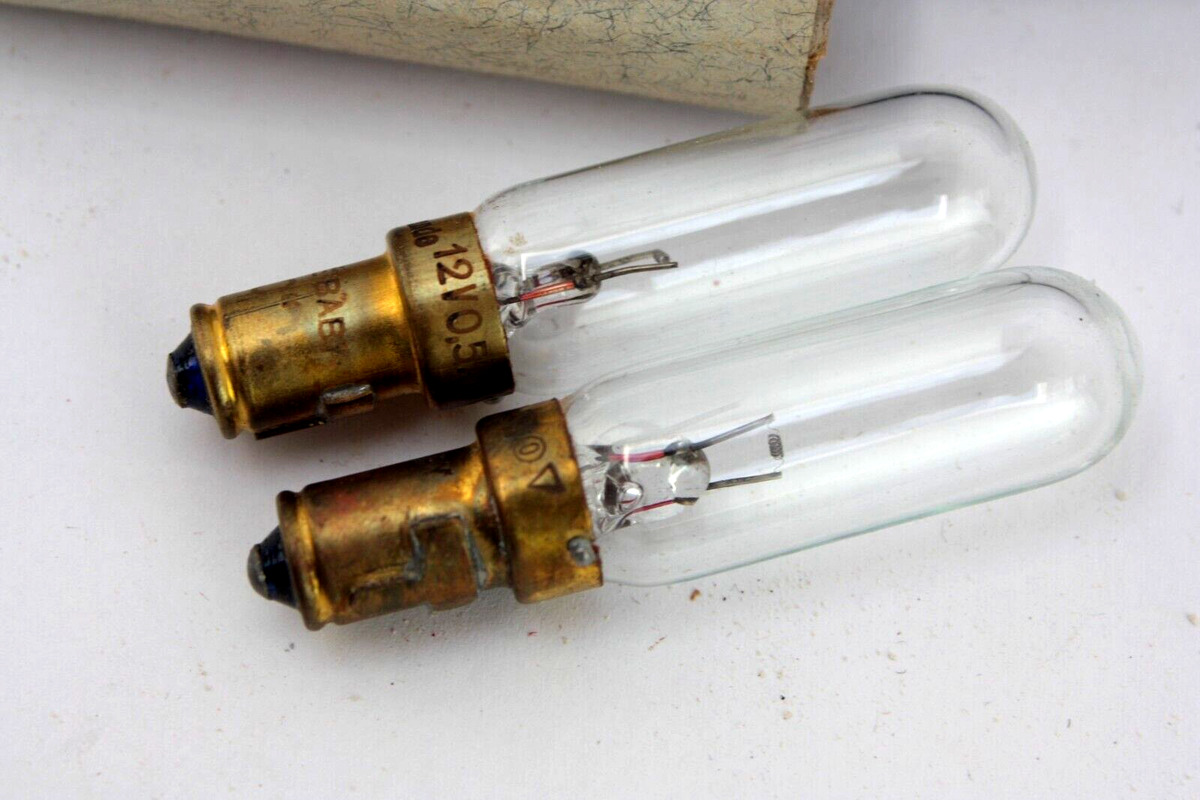
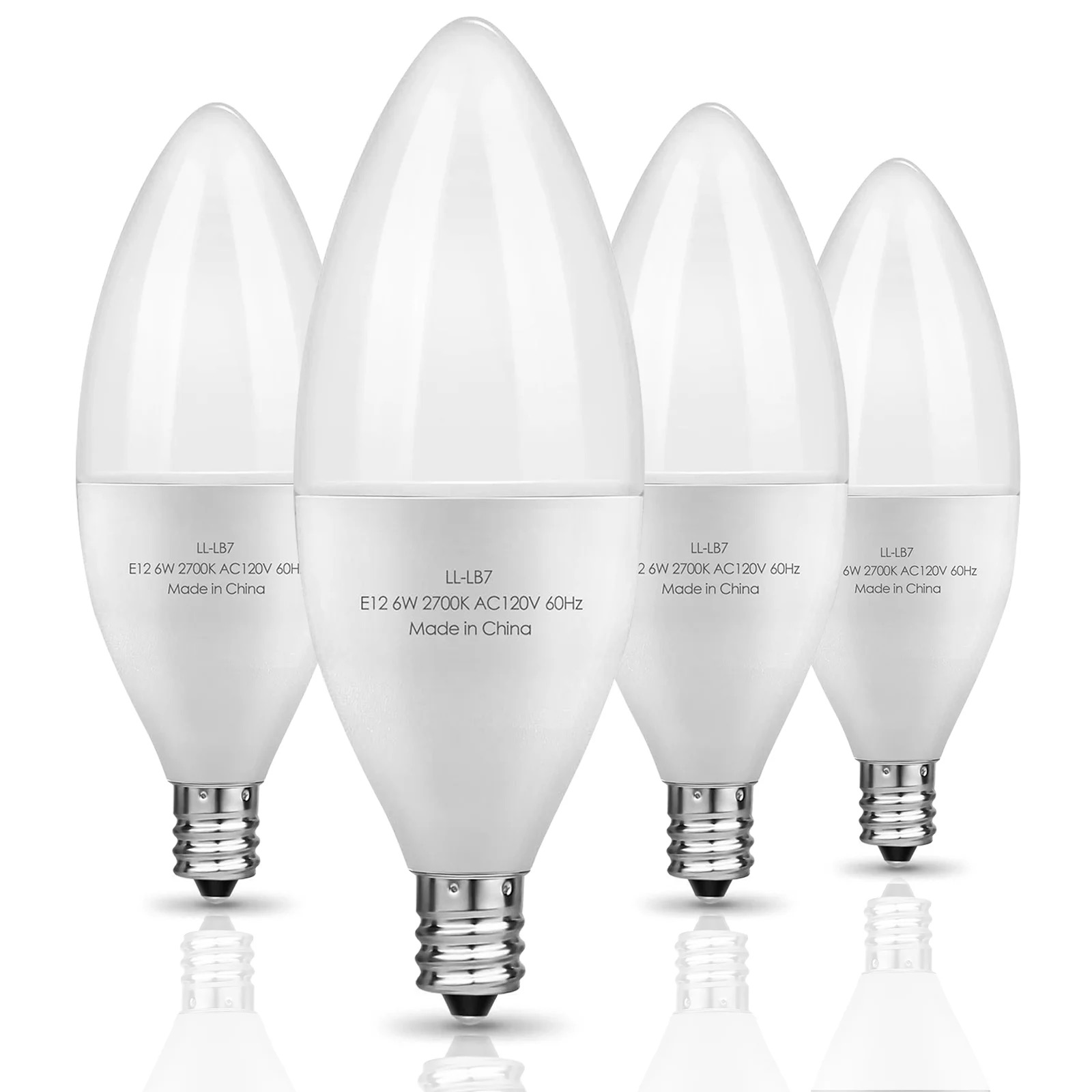
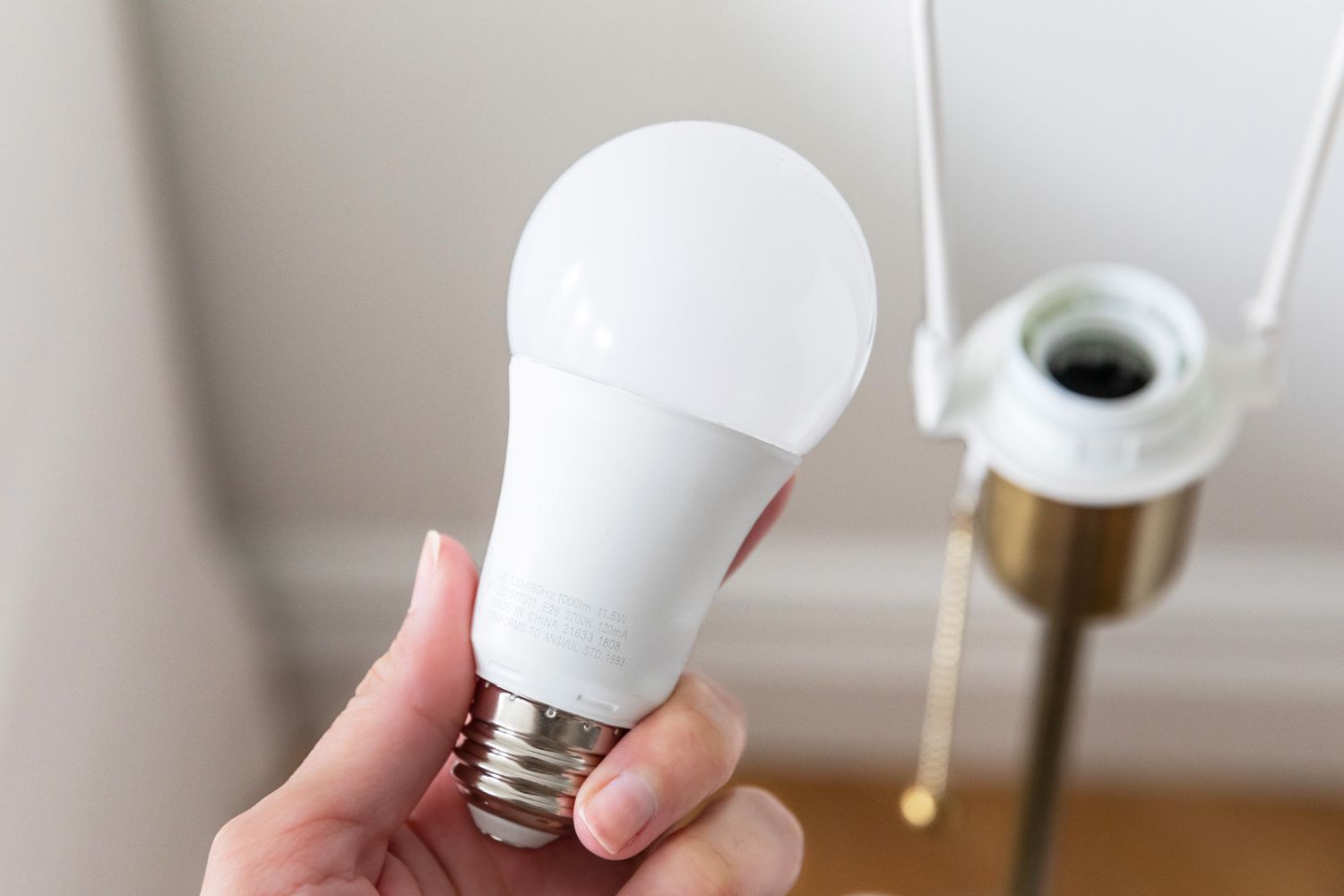
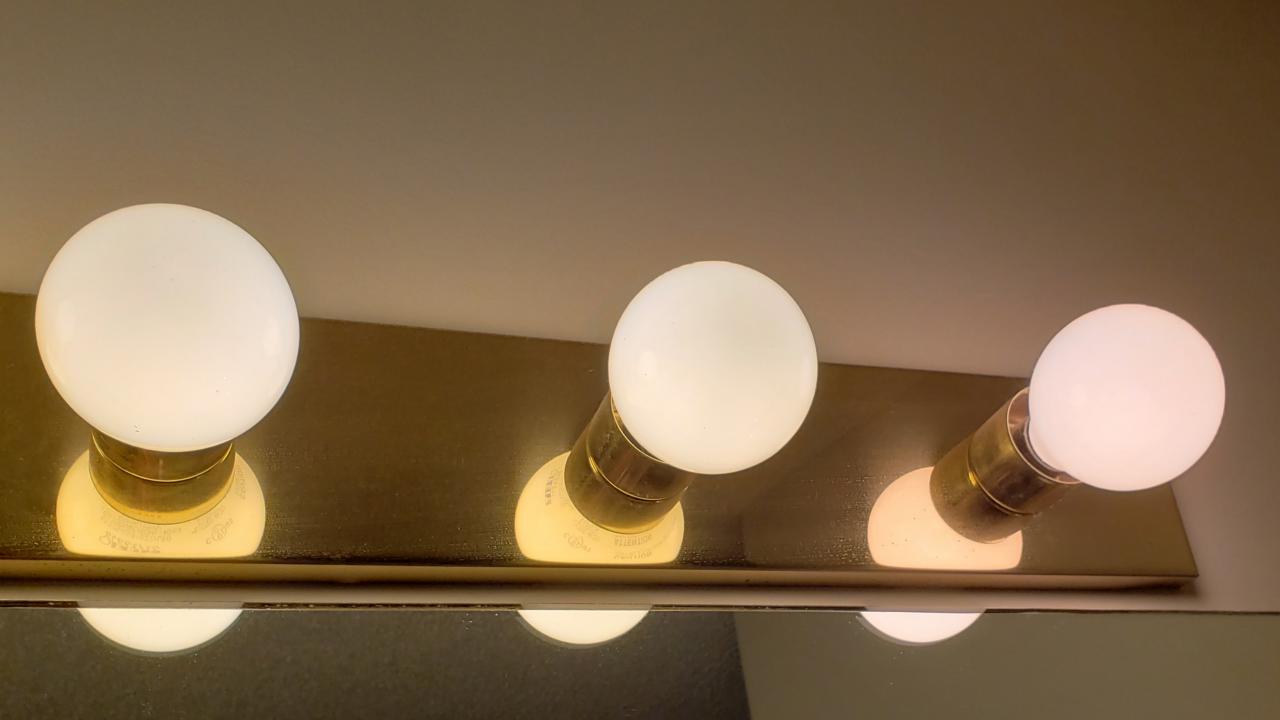
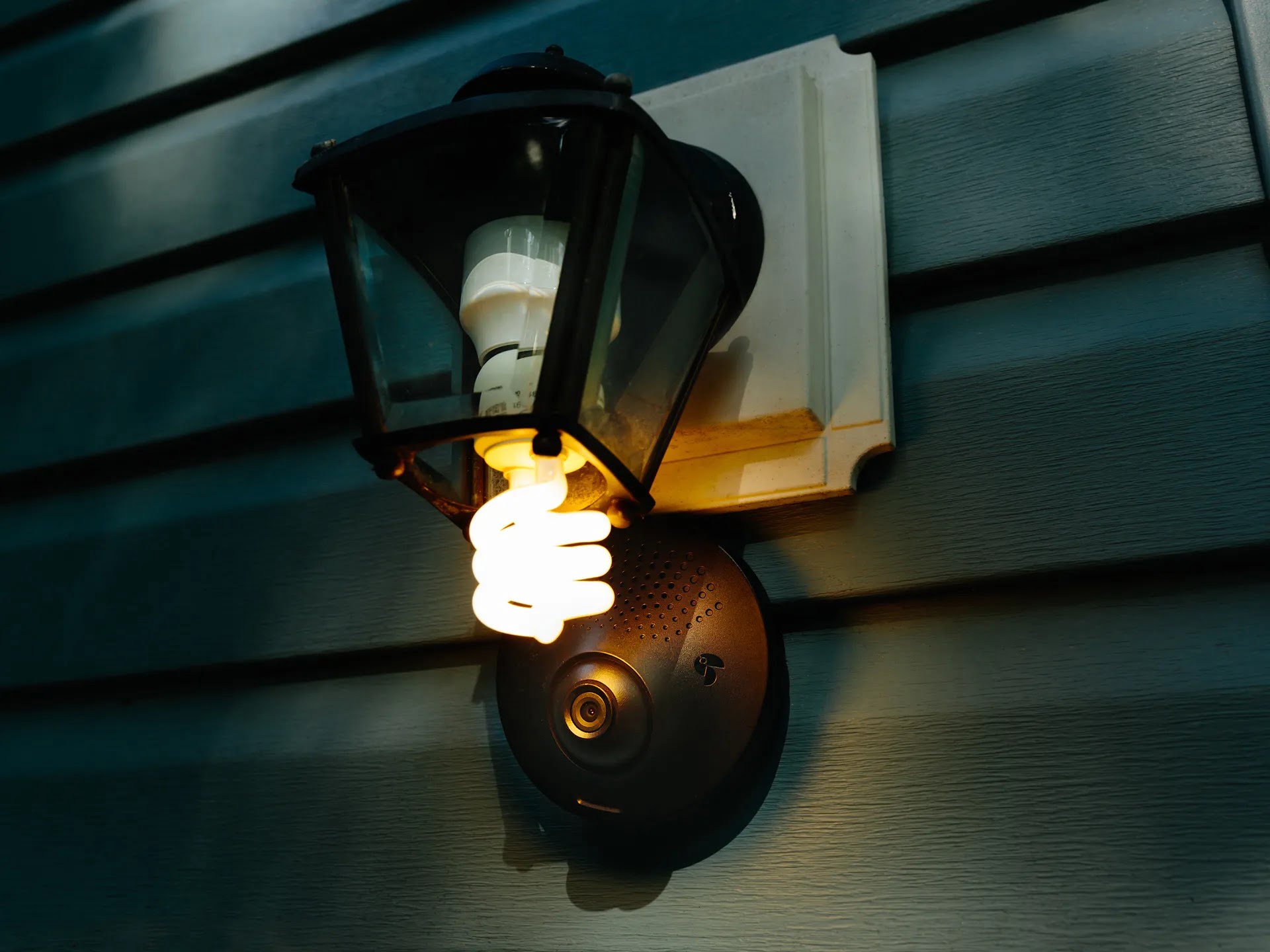
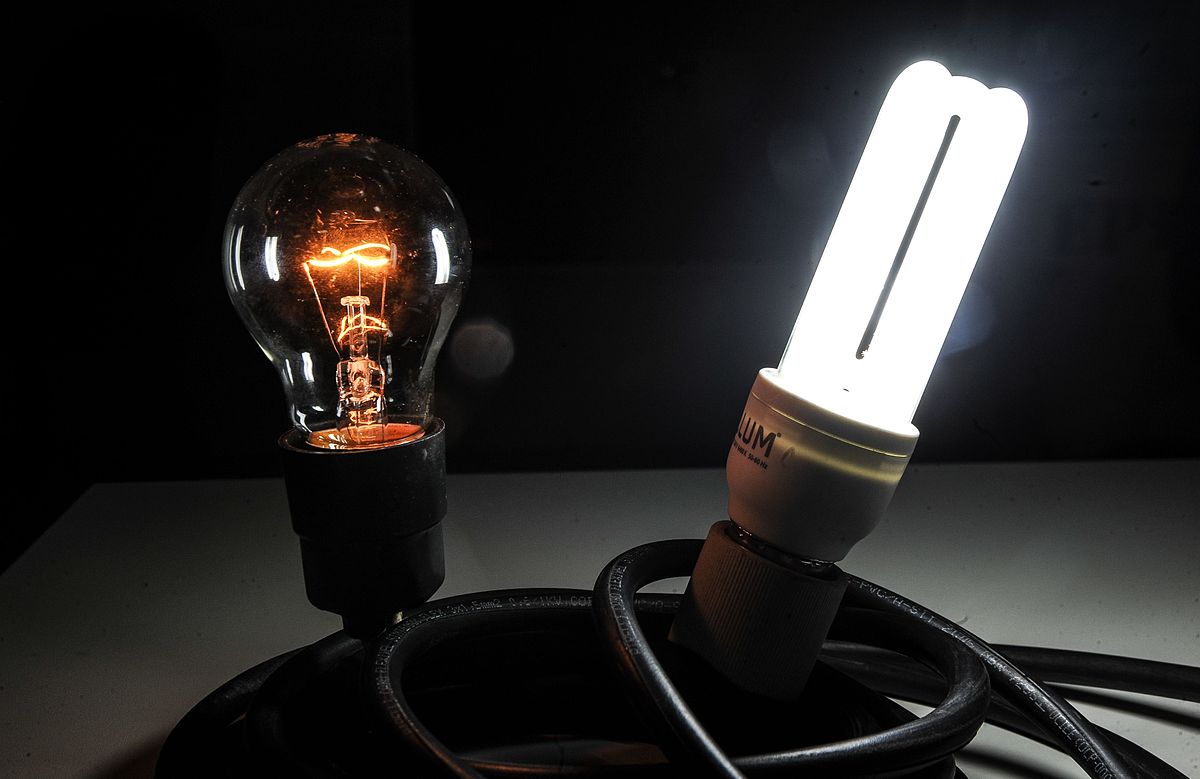
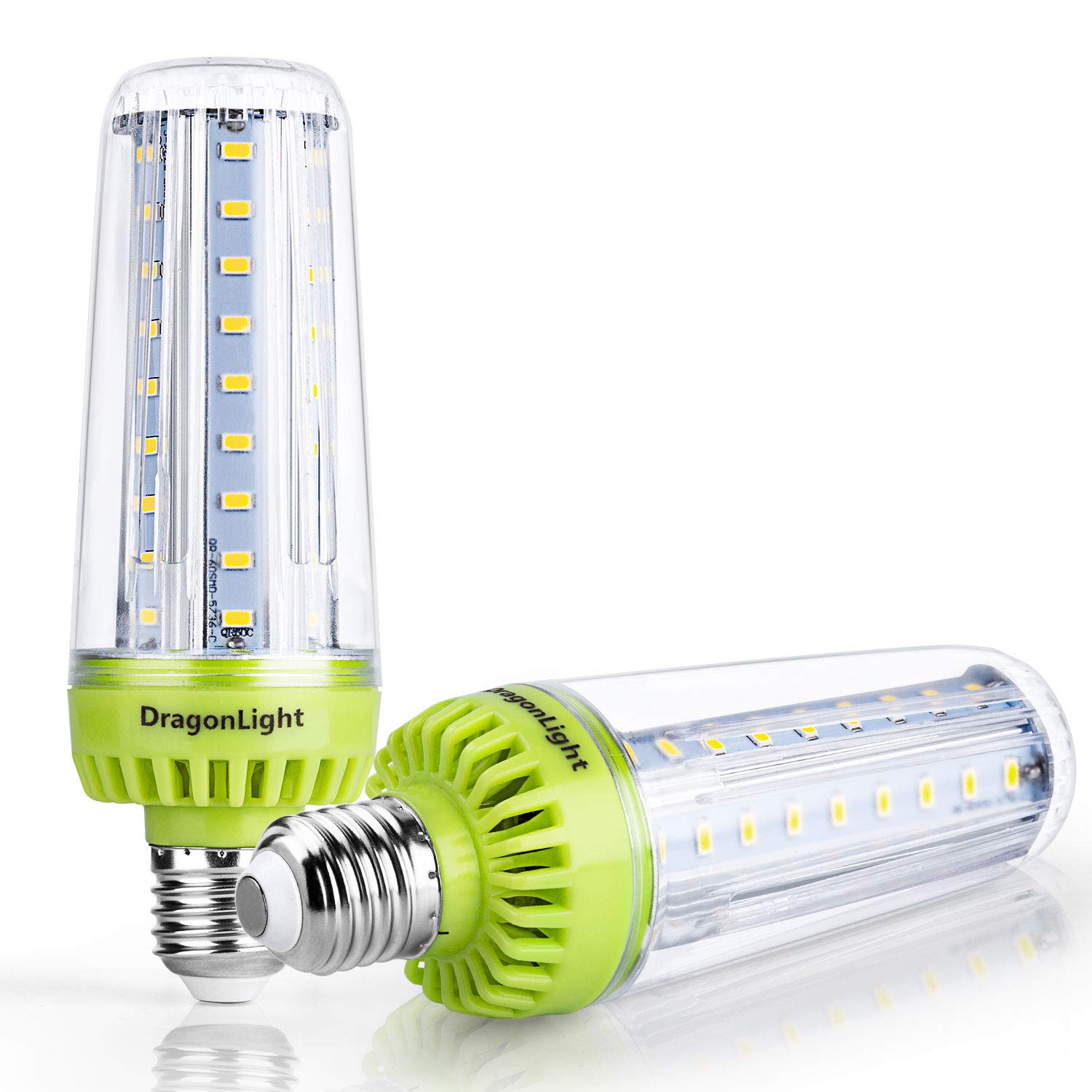
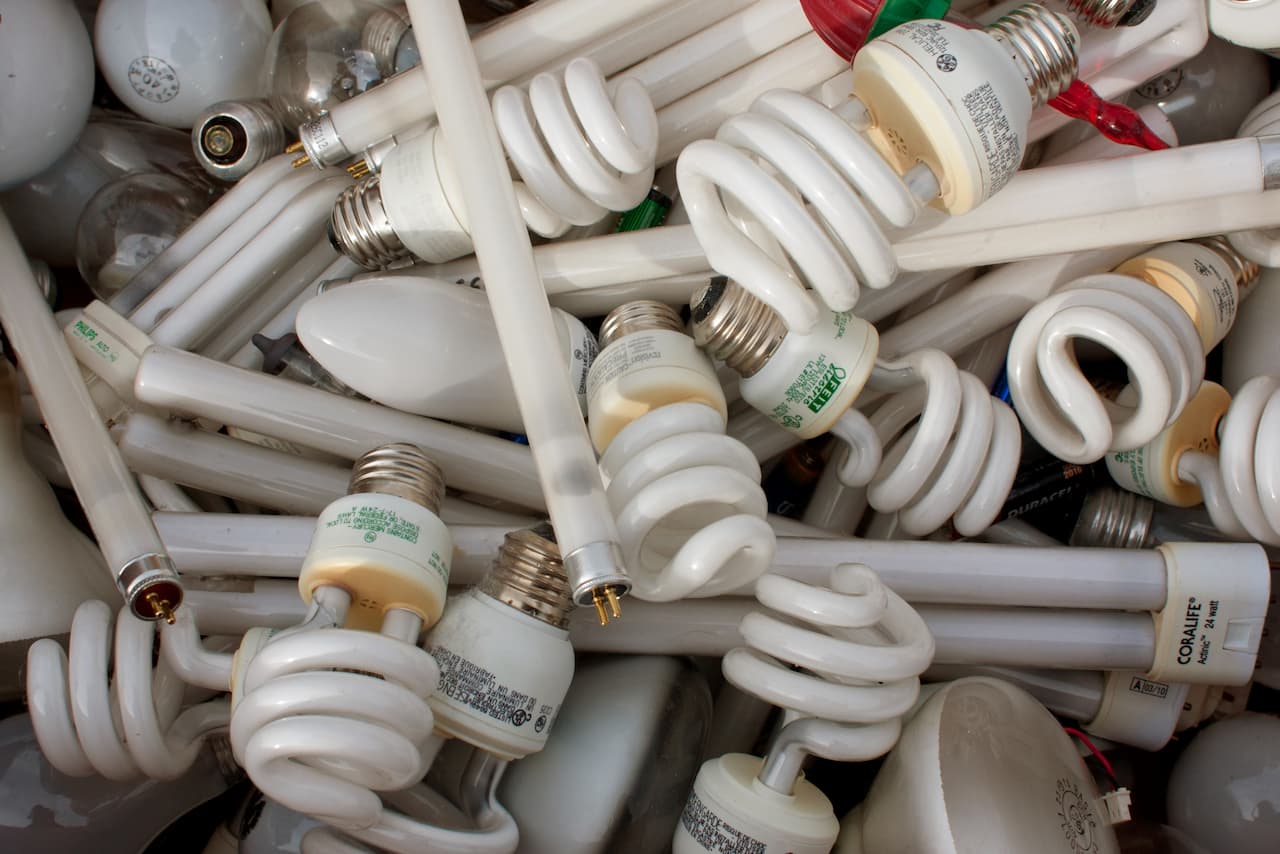
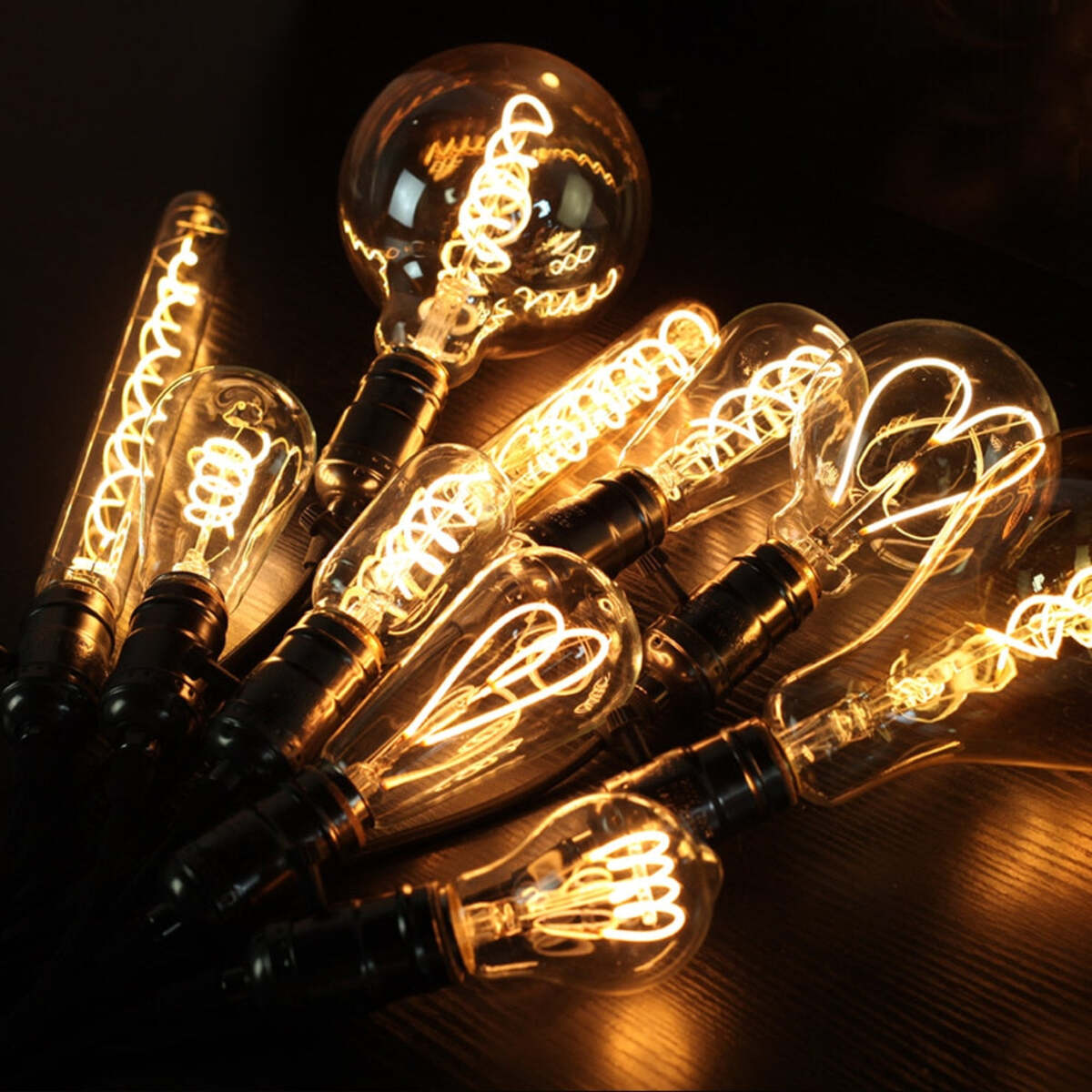
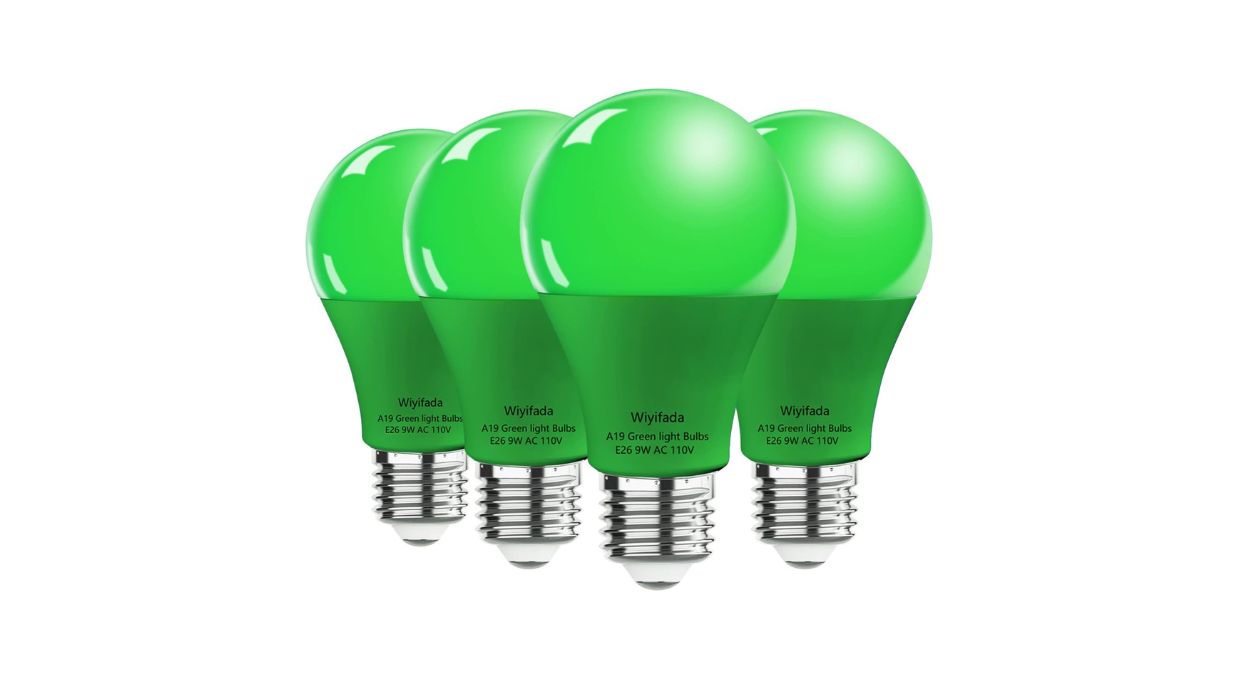


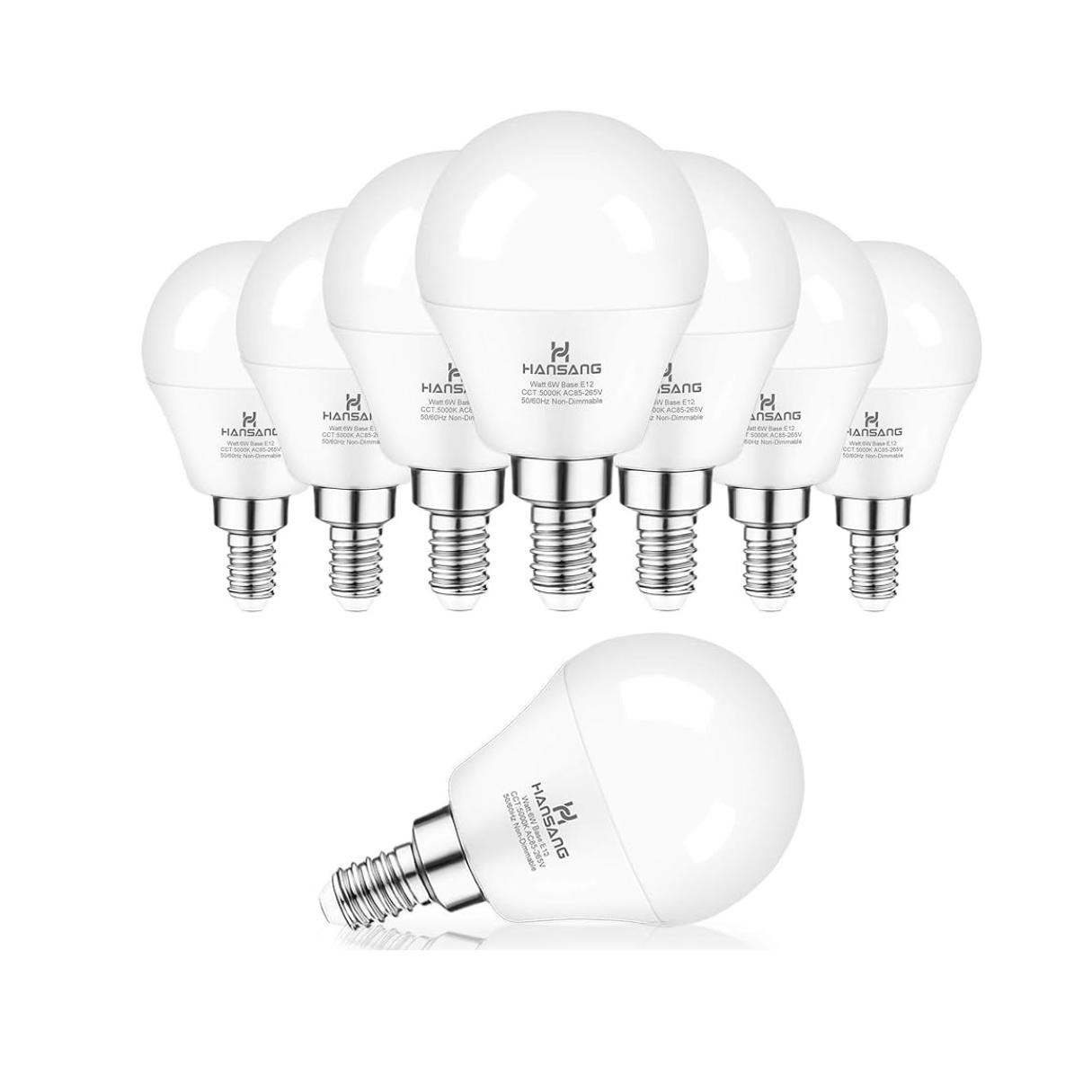


0 thoughts on “What Type Of Radiation Does A Light Bulb Emit”